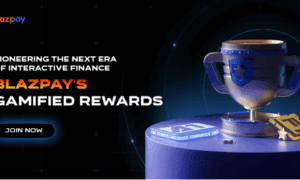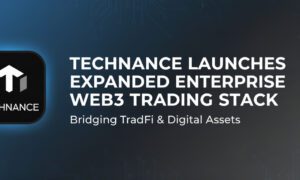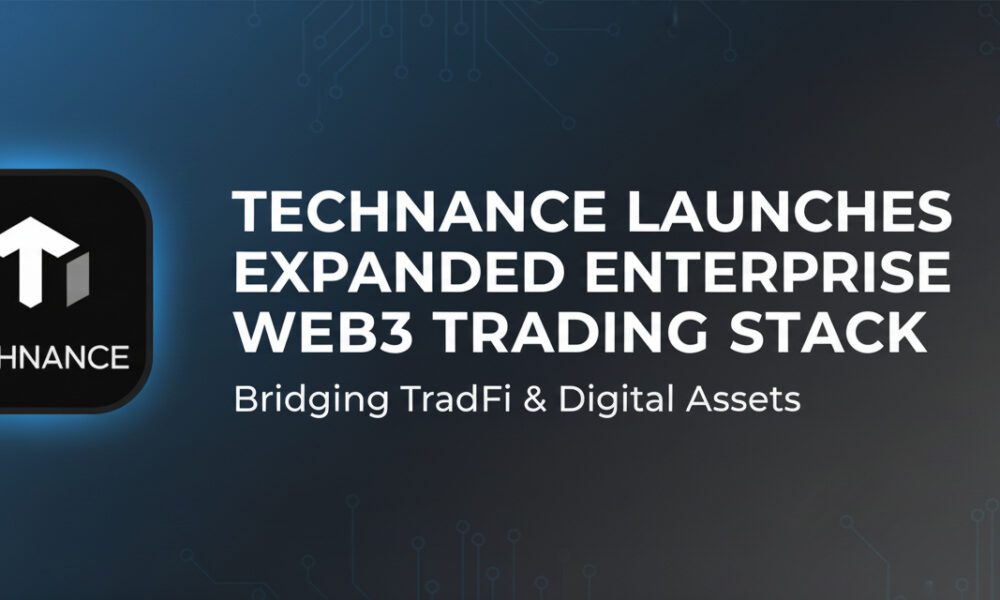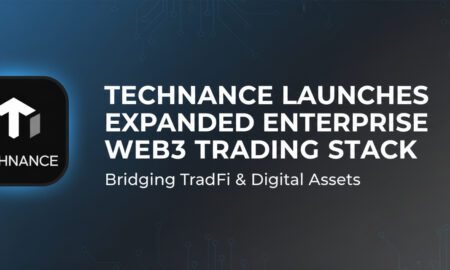In an era where digital screens dominate nearly every aspect of our lives, offline advertising continues to hold a unique and enduring power. Traditional channels like billboards, flyers, TV commercials, and radio jingles have proven their ability to connect with audiences across generations. Unlike their fleeting digital counterparts, offline advertisements create tangible, sensory, and personal connections that resonate deeply with individuals of all age groups. This timeless quality offers marketers an invaluable tool to engage with diverse demographics in ways that digital campaigns sometimes cannot.
For younger generations, such as Millennials and Gen Z, offline advertising can evoke feelings of nostalgia or offer a refreshing novelty. These groups, inundated daily with digital ads and notifications, are more likely to engage with creative offline campaigns that stand out from their typical online experience. Examples of this include pop-up events, guerrilla marketing stunts, or creative packaging that doubles as a keepsake. These unconventional approaches often make offline advertising memorable and even “Instagram-worthy,” encouraging younger audiences to share their experiences online and bridging the gap between traditional and digital realms.
For Gen X and Baby Boomers, offline advertising often feels more trustworthy and familiar. These generations grew up in a time when traditional media—such as print newspapers, television, and radio—was the primary source of news and entertainment. Because of this, they are often more receptive to offline ads, viewing them as reliable and credible sources of information. A well-placed ad in a local newspaper, for instance, may effectively draw Baby Boomers to a community event or business. Similarly, radio jingles or TV commercials often evoke a sense of comfort and familiarity, reinforcing the idea that the advertised product or service is reputable.
This interplay between generations highlights the nuanced effectiveness of offline advertising. While a visually striking billboard might capture the attention of younger audiences and spark social media conversations, it could simultaneously serve as a direct call to action for older generations. Offline ads have the power to engage people through a variety of sensory experiences, whether it’s the feel of a high-quality brochure or the emotional resonance of a heartfelt commercial. These elements often leave a lasting impression that digital ads, with their impermanence and oversaturation, may struggle to achieve.
Moreover, offline advertising can complement digital marketing efforts, creating a cohesive, multi-channel strategy. For example, a QR code on a flyer or billboard can drive traffic to a brand’s website or social media page, seamlessly linking traditional and digital marketing. This approach not only enhances the reach of the campaign but also allows marketers to measure the effectiveness of their offline efforts through digital analytics.
Understanding the generational differences in how people perceive offline advertising allows marketers to craft campaigns that appeal to multiple demographics. By tailoring traditional media to specific audience needs, brands can build meaningful connections that transcend the fragmented nature of today’s marketing landscape. Whether it’s creating nostalgia for younger consumers or fostering trust among older ones, offline advertising remains a critical tool in bridging generational gaps and maintaining relevance in an increasingly digital world.
Offline advertising is far from outdated—it is a dynamic and adaptable medium that continues to prove its worth. By leveraging its sensory and emotional impact, marketers can foster connections that digital ads often struggle to replicate, ensuring that traditional media remains an integral part of the advertising ecosystem.
Infographic provided by Elite Envelope & Graphics, a provider of web printing services



































